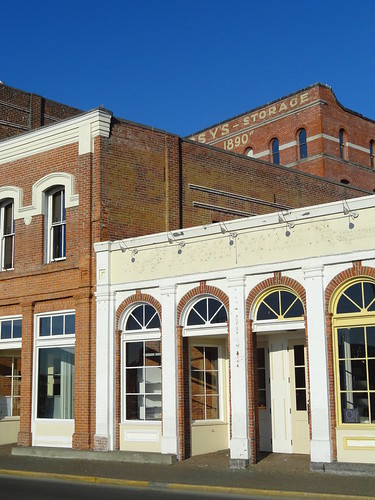Moving day is one week tomorrow. Pete and I have been painting the new house’s interior like mad, hoping to complete most all before moving day. In case you’re new to this blog, I just bought my first house. I’m tired. Really tired. All extra energy goes towards preparing to move. He’s a saint. I’m grateful for his help and tolerating my occasional veering away from my typical cool and calm self to Nervous Nellie. So much to do! Not to mention work.
I miss my blog.
Thought I’d share something simple today, pics from a trip into Victoria when my mom and dad were here. After we parted ways, I had a bit of time waiting for the ferry, so I popped into Munros Books. It’s a bucket list bookstore.
The inner harbor, looking away from the Parliament Building, from the ferry I arrived on.
Gorgeous, eh? The neo-classical building was designed for the Royal Bank of Canada in 1909.
The coffered ceiling is 24′ tall. The space is light and bright. Their website reports they’ve won two heritage awards for its renovation.
A welcomed surprise, artful quilted wallhangings grace the arched walls inside.
The owner, Jim Munro’s wife Carole Sabiston is the artist who created the four hangings representing the The Four Seasons. In the back are other pieces inspired by literature classics.
Timely, and my favorite season, fall:
Winter:
Spring:
Summer:
To see more of Carole’s works, which are hung in the store, visit the About Us page on Munro’s website. At the bottom, photos cycle through.
I cannot find a website for Carole. Munro’s website states she works on theatre sets and costumes. She’s done commissioned works in many provinces as well as the UK and the US. She uses hand and machine stitching.
How I’d love to see her studio!
Speaking of studios, I can’t wait to set up and USE my new sewing room. It’s quite a bit smaller than the one I’ve had the last year but I have strategies to conserve space. I’ll share all that later.
First I have to survive the painting, packing, moving and unpacking.








































































